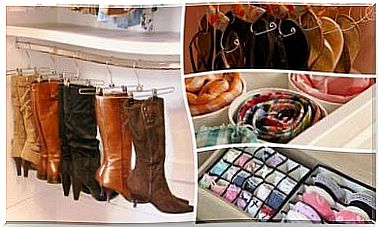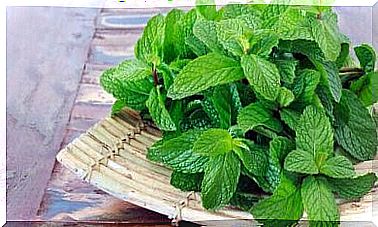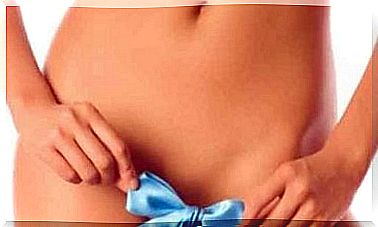Atopic Dermatitis In Babies – Basic Care
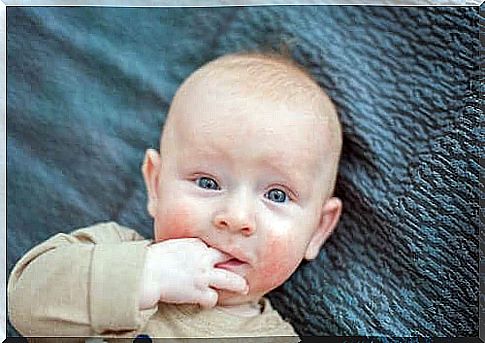
Atopic dermatitis is one of the most common skin problems that can occur in babies in the first months of life. Being chronic, prevention is essential, but we must also know how we can treat its symptoms. Early detection of this dermatological disorder will help parents reduce the discomfort that the disease causes.
What is atopic dermatitis in babies?
Atopic dermatitis usually starts between the third and fifth month of life. At this stage, skin lesions occur frequently. These manifest as rashes that last for about six weeks, although they may persist even after this period.
Atopic dermatitis is an inflammatory skin disorder that occurs in the form of dry skin, which is one of its most important symptoms. Dry skin is usually accompanied by intense itching.
The problem will remain active until the child reaches the age of two, after which it either persists for a while or disappears completely. Atopic dermatitis is a childhood disease with a certain hereditary component. For this reason, parents should consider family history.
When should you see a pediatrician?
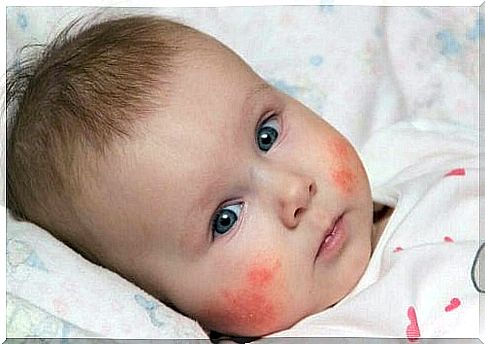
Atopic dermatitis has no characteristic features. This varies from patient to patient. Therefore, it is not easy to differentiate it from other forms of dermatitis. Only a pediatrician can diagnose atopic dermatitis after assessing the baby’s symptoms.
It is important to consult a pediatrician if you notice any of the following symptoms:
- Nonspecific rash, especially on the face or in the flexor regions
- Rash that persists for a long time
- Frequent crying (may be caused by itchy discomfort)
How is atopic dermatitis detected?
Atopic dermatitis can manifest in various ways. Rash tends to appear on the cheeks, forehead, ears or scalp. Then they can spread to the rest of the body, starting with the facial region. This type of eczema is usually accompanied by itching and may show some degree of exudation.
At the same time, atopic dermatitis could be based on an allergy to egg white proteins. For this reason, the doctor must perform an allergological test before making a diagnosis.
How is atopic dermatitis prevented in babies?

To care for a baby with atopic dermatitis, the little one’s family must learn some health education principles:
- Wash your baby’s clothes with a mild detergent and avoid fabric softeners.
- Do not expose your child to heat, especially hot air. To this end, it removes from its wardrobe any articles of wool, plastic and any other materials that stimulate perspiration and, implicitly, rashes. Limit yourself to cotton items.
- If you live in a region where the humidity level is very low, use a humidifier to combat the dryness in the environment.
- Provide the child with proper hygiene with the help of short baths or showers, maximum 2-3 times a week. Excessive exposure to water and shower gels promotes rashes. Doctors recommend the use of gels with acidic pH or oats.
- Use special moisturizers for babies several times a day. Apply gentle massage movements to help the cream penetrate the skin.
What treatments are there?
In some cases, the symptoms that accompany atopic dermatitis may require pharmaceutical treatment and monitoring by a specialist to prevent complications.
- If rashes occur, consult a pediatrician to determine a treatment based on topical anti-inflammatory drugs. In addition, it removes the emollient lotions that you used in the previous phase.
- Take preventive measures against skin infections. These tend to occur due to scratching. At the same time, it maintains proper hygiene.
If the pediatrician suspects that there is an infection, he or she may prescribe topical or systemic antibiotics.
Topical corticosteroids are among the most prescribed medications to treat atopic dermatitis. You should not be afraid to use them as long as you follow the doctor’s instructions closely. They offer many benefits to babies with atopic dermatitis.



